Smokeless Stove
Make Homes Safe by Learning To Build Smokeless Stoves

Many areas in Nepal rely on open fires for cooking. This creates many health risks. It is not uncommon for children to be burned or even killed by rolling into the fire while sleeping. Not only this but without a chimney, smoke is trapped within the mud huts. This continual exposure can lead to lung cancer and respiratory problems.
By eliminating this health risk, people are able to improve their lives and make their homes a safer place.
What is a Smokeless Stove?
A smokeless stove is a fireplace and chimney built out of mud with an opening to add fuel on the side and several holes to put cooking pots on. Building it is a simple process and within two hours of training, a person can know how to build one on their own.
The beauty of this type of stove is its very easy to fix. If it breaks, all the person has to do is gather a little mud and patch it.
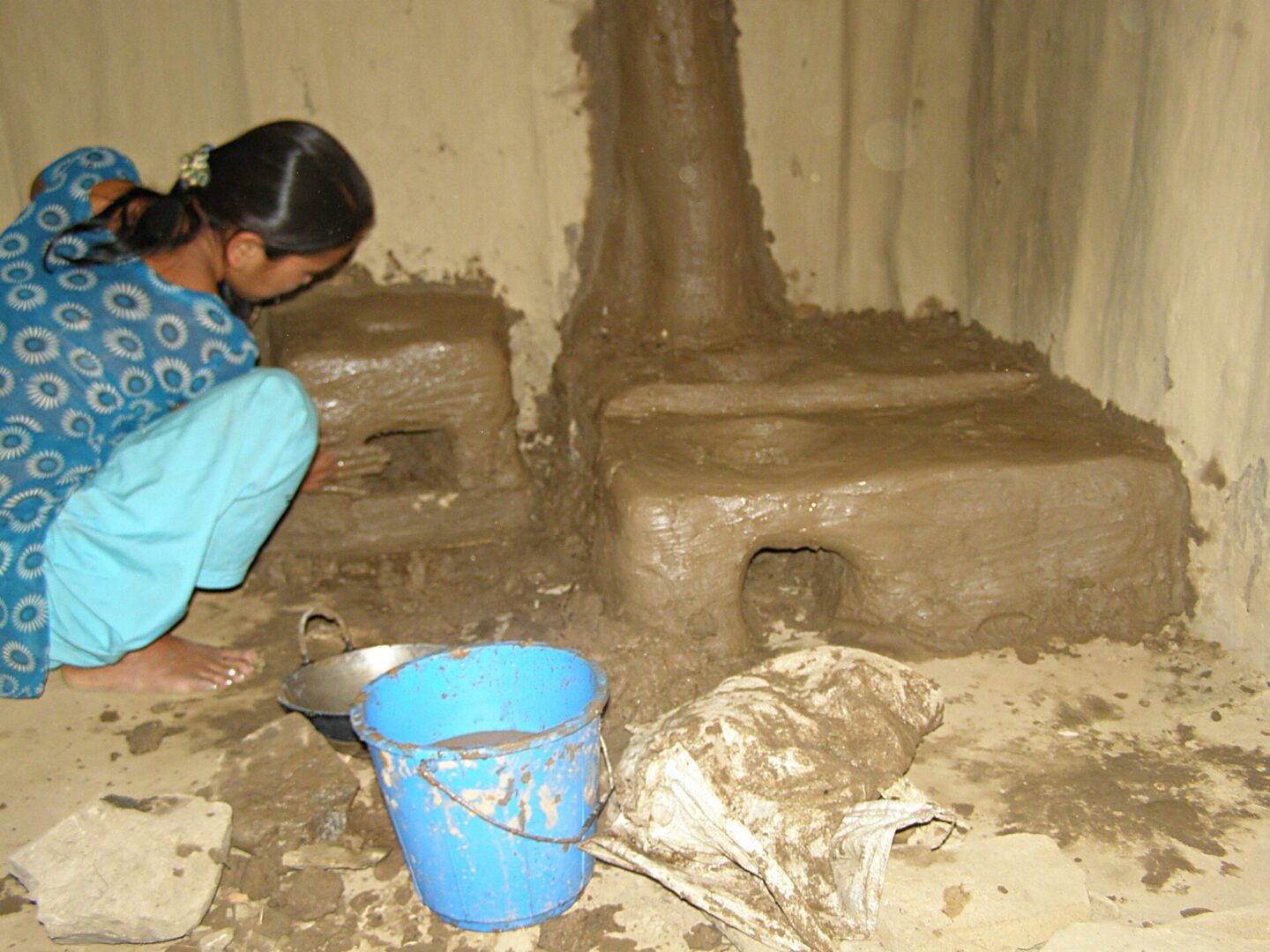
How is it Fueled?
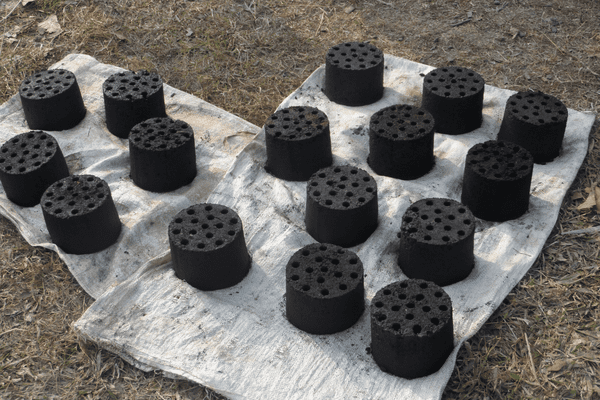
Nepal has a major problem with deforestation. This can cause erosion and ruin crops. Trainers teach about and encourage the use of briquettes. These are made of charcoal, egg shells, and other compost mixed together and pressed into a mold.
There are several benefits in using this type of fuel. It dramatically decreases the amount of wood used which prevents deforestation. Also, many women spend most of their day gathering wood to cook and warm their houses. By creating a quick fuel source, much of their time is saved and allows them to do things like attend H.E.L.P. literacy classes.
Clean Water & Sanitation
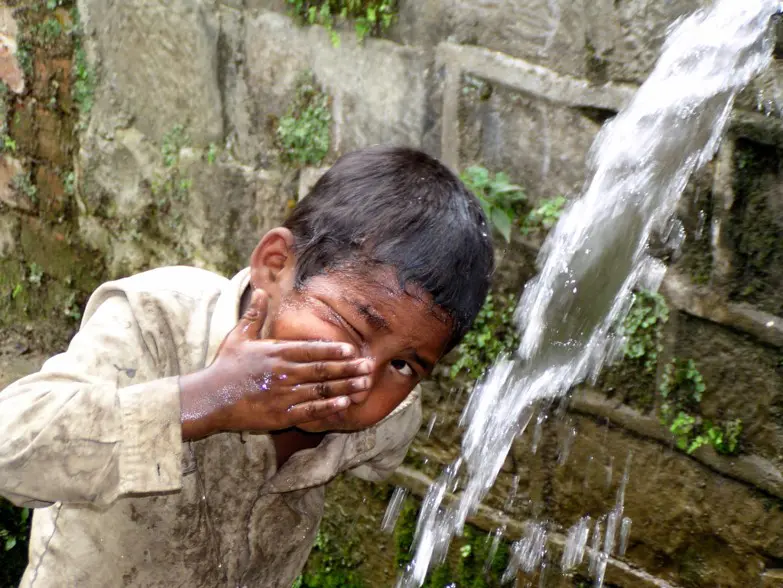
In many countries, sanitation and clean water are a given. This is not the case in Nepal. It not uncommon for an entire village to be without even one outhouse. By building toilets and using a clean source of water, many health problems can be addressed at the roots or prevented. H.E.L.P. strives to give locals the skills to continual address these issues.
2 Corinthians 7:1, “Therefore, since we have these promises, dear friends, let us purify ourselves from everything that contaminates body and spirit, perfecting holiness out of reverence for God.”
Why is It Important?
Water is used for drinking, cooking, bathing, and other day to day activities. Though it is essential for living, it can be a breeding ground for deadly illnesses.
If a village water source is contaminated, the entire village can get an illness that only one person started out with. This is why it is important to have outhouses and a clean water source.
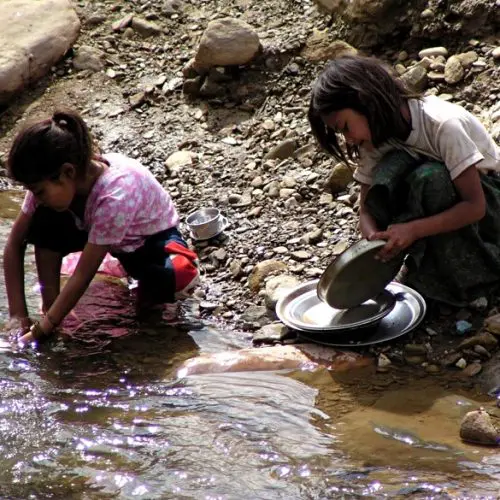
Testing the Water Source
Find the Issue
Usually each village has one water source that everyone uses. If this source is contaminated, the whole village can become sick. A sample of this water is collected and tested for fecal matter during the H.E.L.P. training. Once the health problem is identified, local Christians organize a village meeting to discuss how to address the issue.
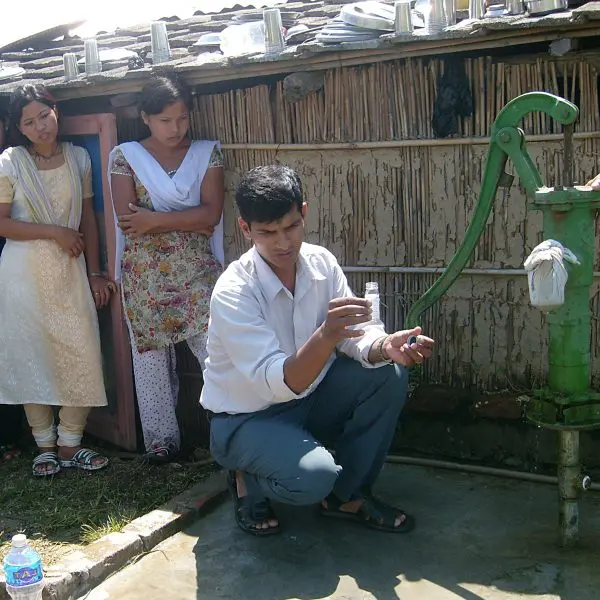
Address the Problem
H.E.L.P. participates in explaining how to address the issue, which may include anything from building a well to creating a water tank. We encourage the formation of water user groups within the village to oversee water management. This way the community is directly addressing the issue. We also subsidize large water projects such as water tanks.
Why is It Important?

Most villages don’t have sewage systems or plumbing. H.E.L.P. teaches families how to build outhouses using locally available material and even subsidizes the cost.
This project is unique in that only families that are willing to build the toilet themselves under H.E.L.P. supervision and pay part of the cost participate. This ensures that they value and use the toilets.
Help a Family Build a Toilet
In order to make building toilets easier financially, we subsidize the building material. This gives families the chance to have clean living conditions and decreases the spread of disease. Depending on the family needs, we pay for about half the cost, which is $50.

